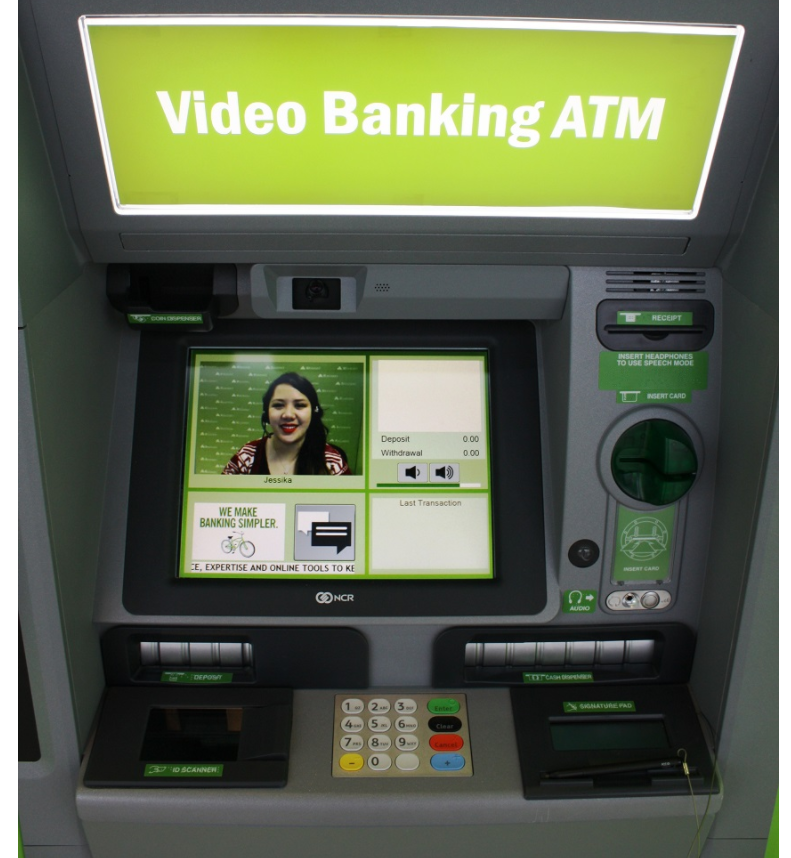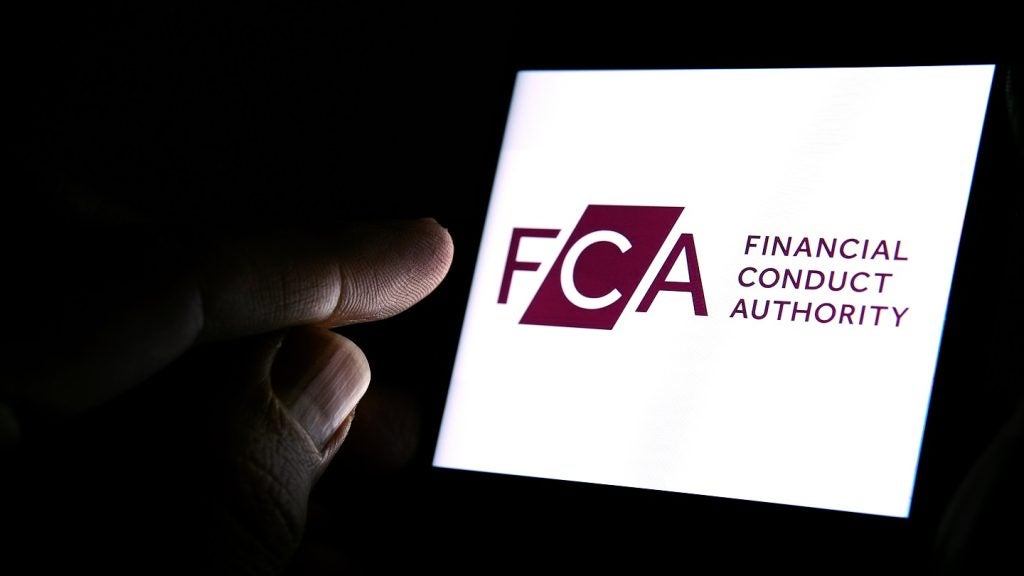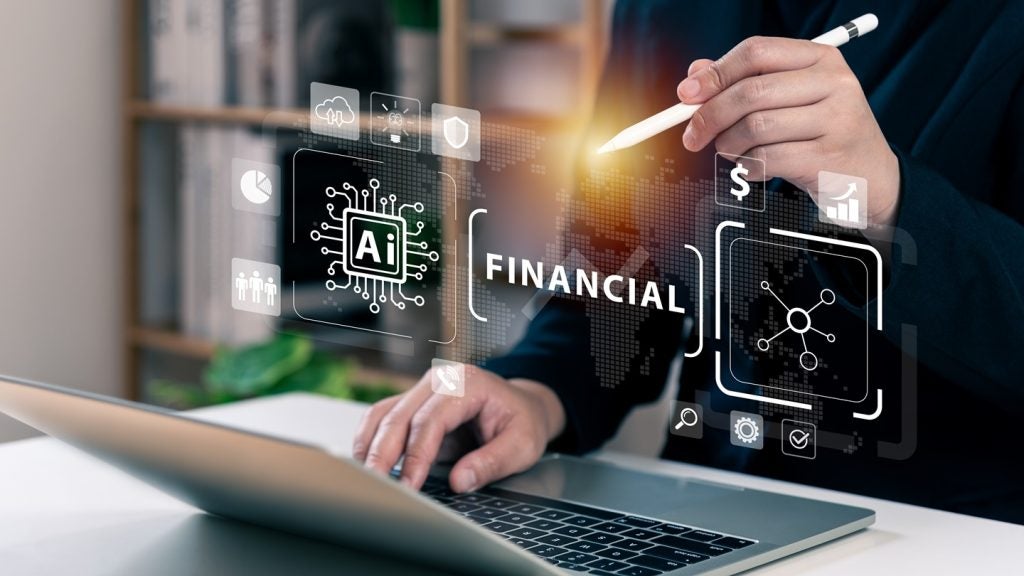Video banking provides a high-tech alternative to face-to-face interactions. Mohamed Dabo reports on the next-level efficiency in consumer banking.
Video banking is a term used for performing banking transactions or professional banking consultations via a remote video connection.
Video banking can be performed via purpose-built banking transaction machines (similar to an Automated teller machine), or via a videoconference enabled bank branch.
Some major banks like Barclays and NatWest are making video calls possible over customers’ mobile services.
The key selling points of video banking are the clear benefits to the banks themselves: video banking increases upsell of financial products, and lowers operational costs by at least 50%, according to the firm.
For customers, the advantages of video banking offer greater access to more high-quality banking services at whatever time they need, from wherever they need.

US Tariffs are shifting - will you react or anticipate?
Don’t let policy changes catch you off guard. Stay proactive with real-time data and expert analysis.
By GlobalData
How video banking benefits the customer
Benefits of online banking for customers
One of the more obvious benefits of online banking is convenience. Instead of having to go to a physical location or use an ATM, customers can download a mobile app and utilize banking services from their mobile device.
With video banking, customers can also enjoy access to banking services twenty-four seven.
The retail banking industry group Efma, together with Vidyo and CUNA Strategic Services, conducted a survey that found over half of organisations that had implemented video banking solutions reported improved customer satisfaction.
Digital banking also gives customers access to an easy track record of all their banking transactions. They can see where their money is going, including toward fees and purchases.
According to the Modern Consumer Banking Report 2019, customers prefer to conduct certain banking-related activities online as opposed to going into a branch.
These activities include opening a new bank account, applying for a credit card, and meeting with a financial advisor.
Another benefit is that video banking solutions are more personal than a phone call. Instead of merely hearing a person’s voice, customers can see the person helping them face-to-face.
This also reinforces the notion that they’re getting personal attention from an expert.
Video banking technology also offers customers particularly good access to expertise. Instead of being limited to the in-person expertise available at their local branch, customers can talk to a staff member who may be in another city.
The ability to share screens is another reason a customer may prefer video banking solutions.
Customers do not have to describe their problem or their concern to a bank representative. They can simply screen share, pull up their account, and show them.







